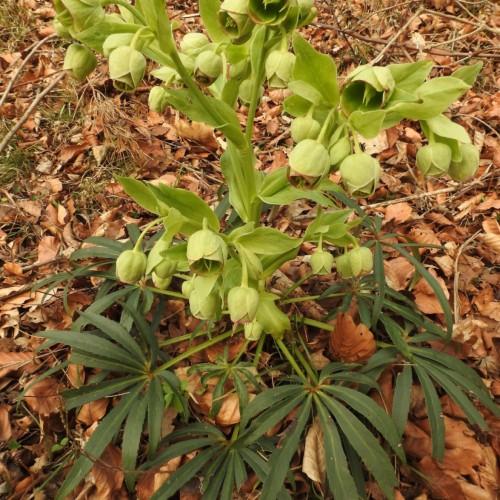
stinking hellebore
Helleborus foetidus
Cycle:
Herbaceous Perennial
Watering:
Average
Hardiness Zone:
5 - 9
Flowers:
Flowers In Spring
Sun:
Deep shade, Filtered shade, Part sun/part shade
Soil:
Humus rich, Well-drained
Fruits:
Fruits In Summer Ready In Winter
Leaf:
Yes
Growth Rate:
Moderate
Maintenance:
Low
Poisonous To Humans:
Yes
Poisonous To Pets:
Yes
Thorny:
Yes
Invasive:
Yes
watering
Water stinking hellebore once every 2-3 weeks in spring, summer and autumn. In winter, water the plant when the soil feels dry, about once a month. Water the plant deeply, thoroughly soaking the roots and soil until the water starts to run out of the bottom of the pot. Make sure there is good drainage in the pot and ensure that the soil never gets soggy. Don't let the plant dry out completely, as it may cause leaf drop.
sunlight
Stinking hellebore (Helleborus foetidus) prefers partial to full sun with some afternoon shade in warmer climates. When grown in full sun, ensure that the soil stays consistently moist since this plant dislikes drought. If given enough water, however, stinking hellebore can tolerate plenty of sunlight. In general, this species should get at least 4 hours of direct sunlight per day.
pruning
For stinking hellebore (Helleborus foetidus), pruning should be done sparingly. If necessary, pruning should occur in late winter or early spring, before the arrival of new growth. During pruning, dead, damaged and crossed branches should be removed, along with any dead flowers or foliage. Pruning should be limited to no more than 1-third of the total plant material. Pruning should generally be kept to the top of the plant in order to maintain a strong and bushier appearance.
